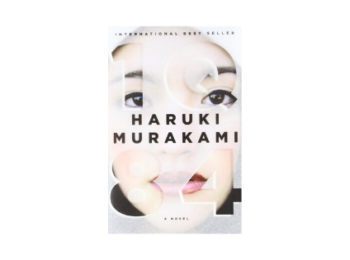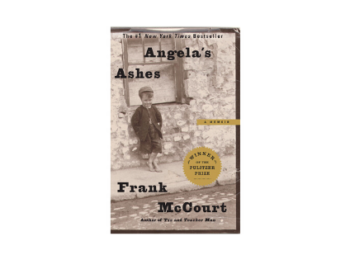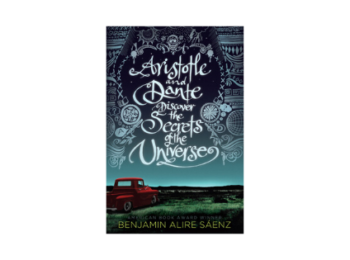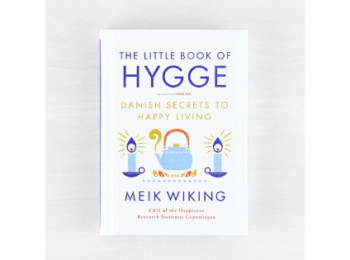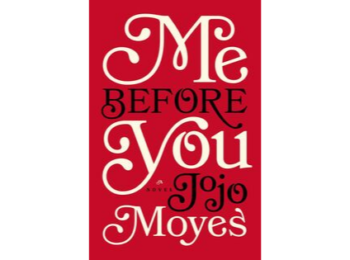 Piling Nobela: Lakandula, Halimuyak, Ang Bungo by Alberto Segismundo Cruz
Piling Nobela: Lakandula, Halimuyak, Ang Bungo by Alberto Segismundo Cruz
Pardon the Grammar nazi in me, but I was pretty much put off by the story-telling for this book. Points:
1) It almost seems as if grandeur Filipino phrases were placed just for effect and not for necessity.
2) There was a lot of redundancy and re-usage of the aforementioned phrases, as well as some other words. (It kinda improved my vocabulary ;D)
3) There are attempts to translate grand, cliche English phrases into Filipino, and the effects were not always to be desired.
4) I liked Bungo the best of the three.h
On Lakandula:
An intriguing love story, set in a time before / during / after the siege of the Japanese on Philippine shores in 1945. The first chapter explains the history of the Rajah Lakandula, as well as the events that happened in his kingdom ever after. It was an odd precursor to the entire novel, in my opinion, but it was pretty interesting to relive that part of Philippine history.
The story itself was interesting, but the ending seemed too idealistic and romantic for me. Its focal point would have been to show the degradation (as well as, I believe, the probable cause) of society with the entry of certain vices, which it does illustrate simply and sufficiently.
On Halimuyak:
An interesting story about how progress <spoiler>(note: industrial)</spoiler> affected a small provincial community. There are also elements of love, betrayal, a clash of new & old ideals, madness and bitter-sweetness. <spoiler>OMG taking advantage of lovers ZOMG EEEEEP</spoiler>
The story played out like the first one, and I was quite appalled by the hint of discrimination against women (something about being under the supervision of a man). The story-telling is still err, “meh”, but the underlying motives are simple and easy to understand.
On Bungo:
In my opinion, this is the best story of the three. The storytelling is a bit better here– it actually kept me guessing until the very end! It’s not as political as the other two though, but it’s still a love story. There was quite widespread use of the idea of the “American friends” the Philippines has. (Note, however, the circumstances of that era in Philippine history: 1945, post-WWII, Douglas McArthur.)
All in all, this one’s cute<spoiler>, with a happy ending to match</spoiler>.
